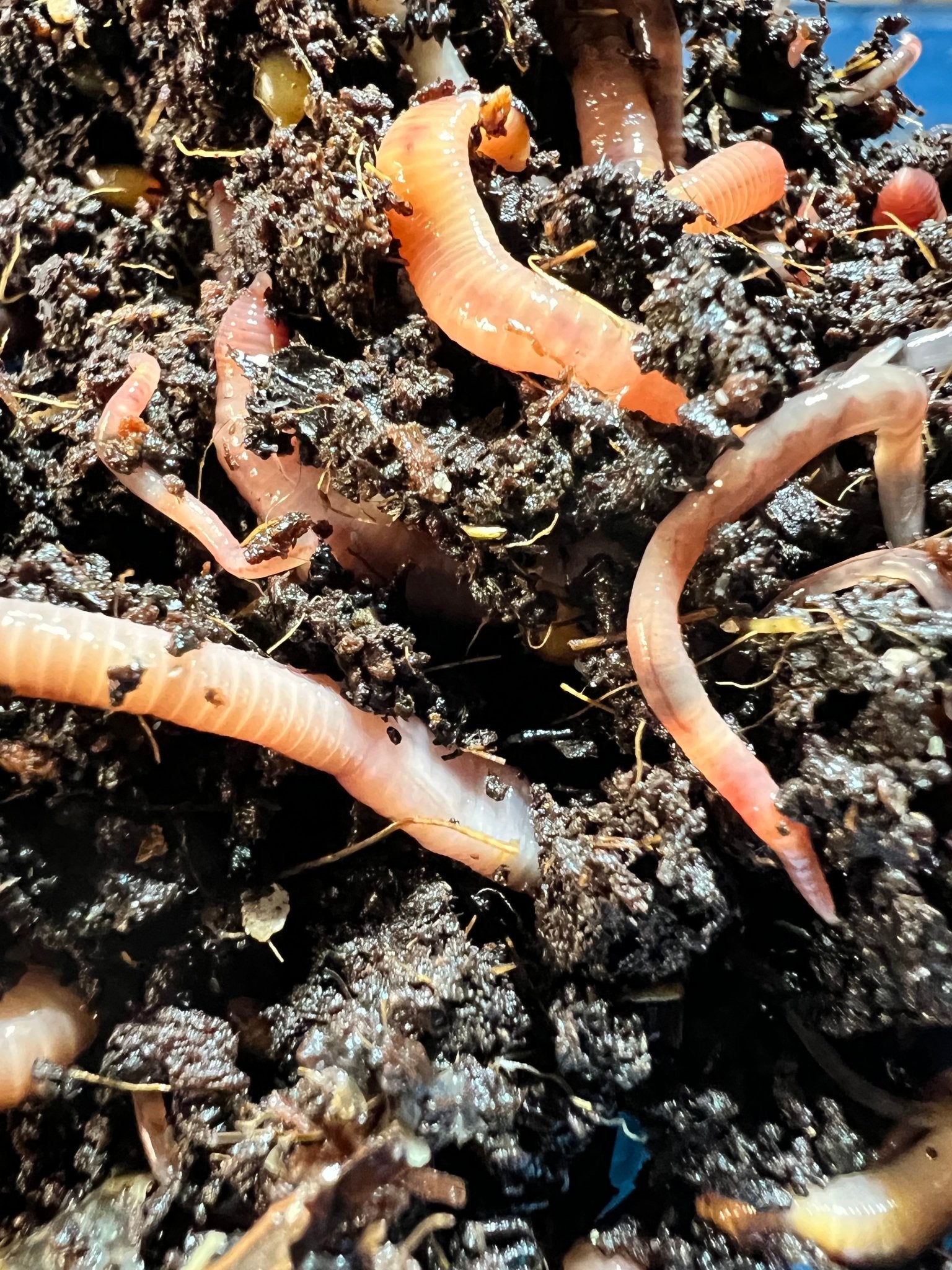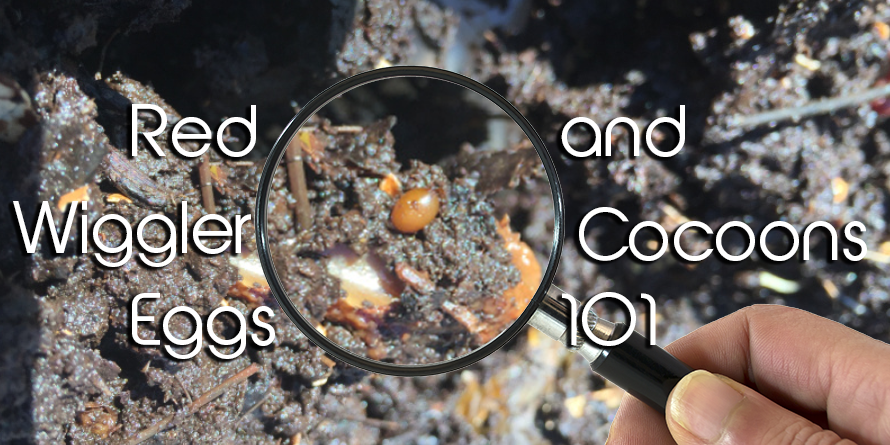Get the Top-Quality Worms for Your Fishing with Red Wiggler Express
Red Wigglers: The Unsung Heroes of Organic Waste Recycling
Red wigglers, or Eisenia fetida, offer as important agents in the organic waste reusing process, transforming thrown out materials into beneficial vermicompost. As the globe increasingly looks for options to fight waste accumulation and boost agricultural performance, comprehending the role of these worms comes to be necessary.
What Are Red Wigglers?
The exceptional resilience of red wigglers, medically referred to as Eisenia fetida, underscores their critical function in natural waste recycling. These little, reddish-brown earthworms are typically located in disintegrating organic issue, such as compost stacks and manure heaps. Lake Hickory Bait. Unlike other earthworm varieties, red wigglers flourish in nutrient-rich settings and are extremely reliable at breaking down natural products, making them vital for vermicomposting

(Lake Hickory Bait)Along with their function in waste decrease, red wigglers add to dirt health by improving soil framework and oygenation via their burrowing activities (Lake Hickory Bait). Their presence in composting systems not only improves decay prices yet additionally advertises a lasting approach to squander administration, showing their relevance in eco-friendly preservation initiatives
Advantages of Composting With Worms
Composting with worms, specifically red wigglers, offers numerous advantages that enhance both waste management and soil health. These worms effectively damage down natural waste, transforming it into nutrient-rich vermicompost that enriches soil. This process increases disintegration, permitting for a much faster recycling of cooking area scraps and various other organic materials contrasted to traditional composting techniques.
Additionally, the vermicompost created by red wigglers is teeming with beneficial microbes, which assist improve soil framework, oygenation, and wetness retention. This improves the total health of plants, promoting strenuous development and boosted returns in gardens and agricultural setups. In addition, making use of worms in composting lessens the production of greenhouse gases, such as methane, adding to an extra sustainable waste management system.

Exactly How to Beginning Vermicomposting
Establishing a vermicomposting system is an uncomplicated procedure that can yield considerable advantages for both waste monitoring and dirt enrichment. To start, select a suitable container, such as a plastic bin or wooden box, with ample air flow openings to make certain proper airflow. The dimensions must preferably be about 2 feet by 3 feet, permitting enough room for the worms to grow.
Following, prepare bed linens product, which can include shredded paper, cardboard, or coconut coir. This bed linens needs to be moistened to create a suitable environment for the worms. As soon as the bedding is in area, present red wigglers (Eisenia fetida) into the bin, commonly around one extra pound of worms for every single square foot of area.
Adhering to the placement of worms, add organic waste, such as fruit and vegetable scraps, coffee premises, and crushed eggshells. With these steps, you will properly start a vermicomposting system that contributes to lasting waste monitoring and enhances your dirt.
Keeping a Healthy Worm Bin
(Lake Rhodhiss Bait)Keeping a worm container prospering requires normal attention and treatment to guarantee the wellness of the red wigglers and the effectiveness of the composting procedure. Proper upkeep begins with checking the moisture degrees; the bin must be damp however not waterlogged. A great regulation of thumb is to preserve an uniformity comparable to a wrung-out sponge.
Gently blending the bed linens and food scraps every couple of weeks avoids compaction and makes certain that all worms have find here access to oxygen. In addition, it is important to feed the worms properly.
If the container ends up being as well hot or cool, the worms might come to be stressed out. By vigilantly handling these elements, one can maintain a durable and efficient worm bin.
Effect On Lasting Living
The effective upkeep of a worm bin not just profits the health and wellness of red wigglers but also adds dramatically to lasting living methods. By recycling natural waste, such as kitchen area scraps and yard particles, red wigglers assist divert substantial quantities of material from landfills. This decrease in waste not just reduces greenhouse gas emissions but additionally lessens the environmental concern connected with waste monitoring.
Additionally, the castings generated by red wigglers function as a nutrient-rich natural plant food, enhancing dirt health and wellness and promoting plant development. This natural choice to chemical fertilizers sustains sustainable farming and gardening techniques, minimizing reliance on artificial inputs that can hurt communities. In addition, worm composting promotes awareness of waste administration, encouraging individuals and areas to adopt even more sustainable practices.

Verdict
In summary, red wigglers serve as vital contributors to natural waste recycling with their effective decay of natural products. Their capacity to generate nutrient-rich vermicompost boosts soil health and sustains sustainable farming techniques. By incorporating vermicomposting into waste management strategies, individuals and neighborhoods can dramatically reduce waste while advertising ecological sustainability. The role of Eisenia fetida in fostering healthy ecological communities underscores the significance of these microorganisms in attaining lasting living and boosting dirt fertility.